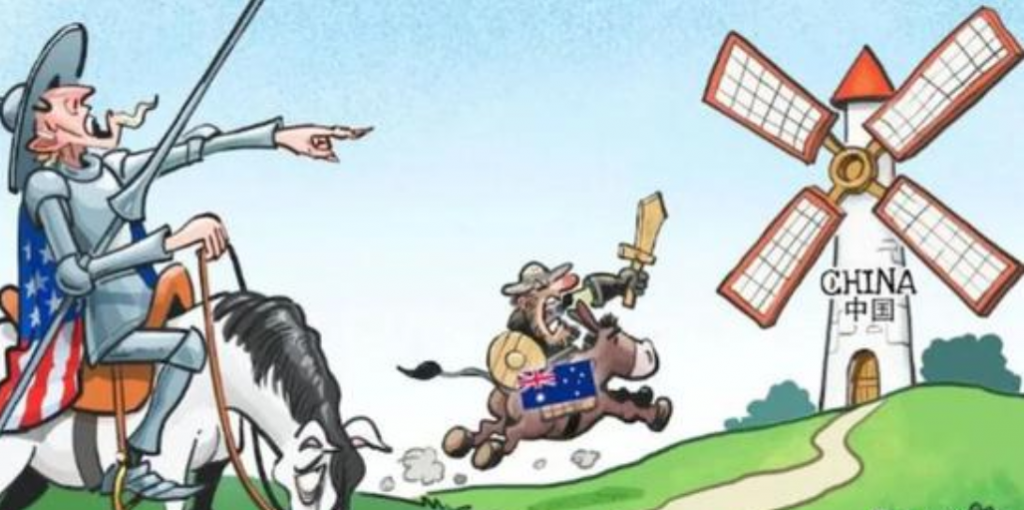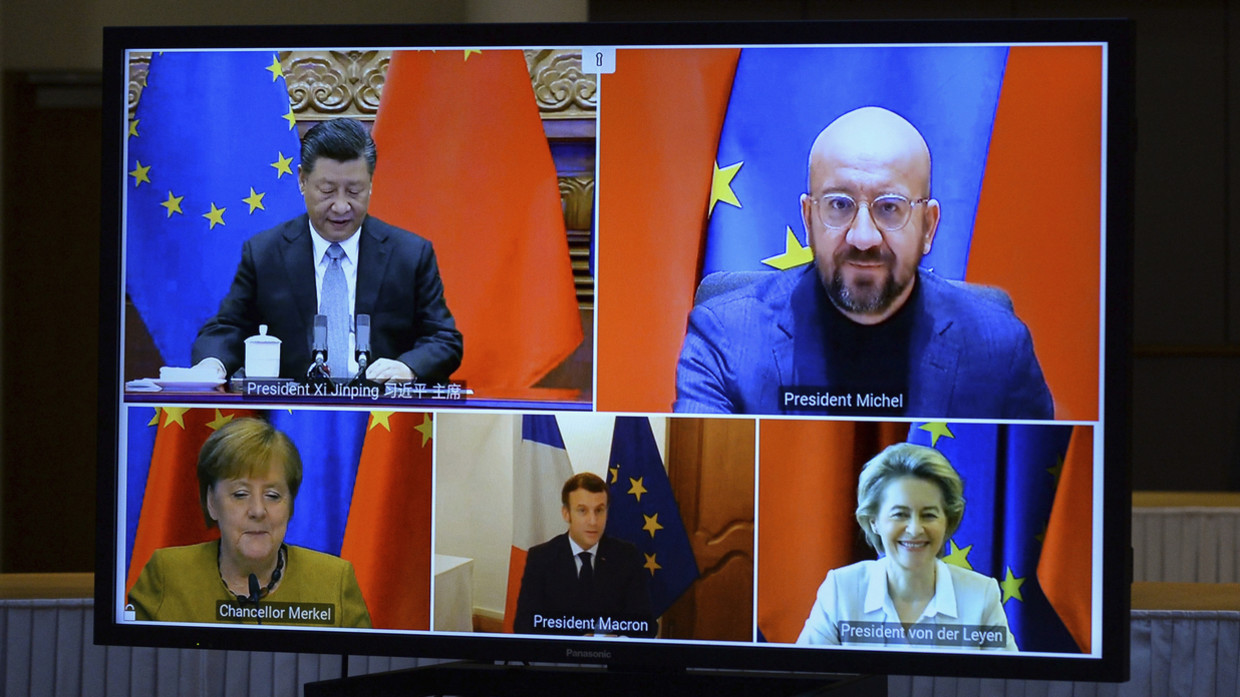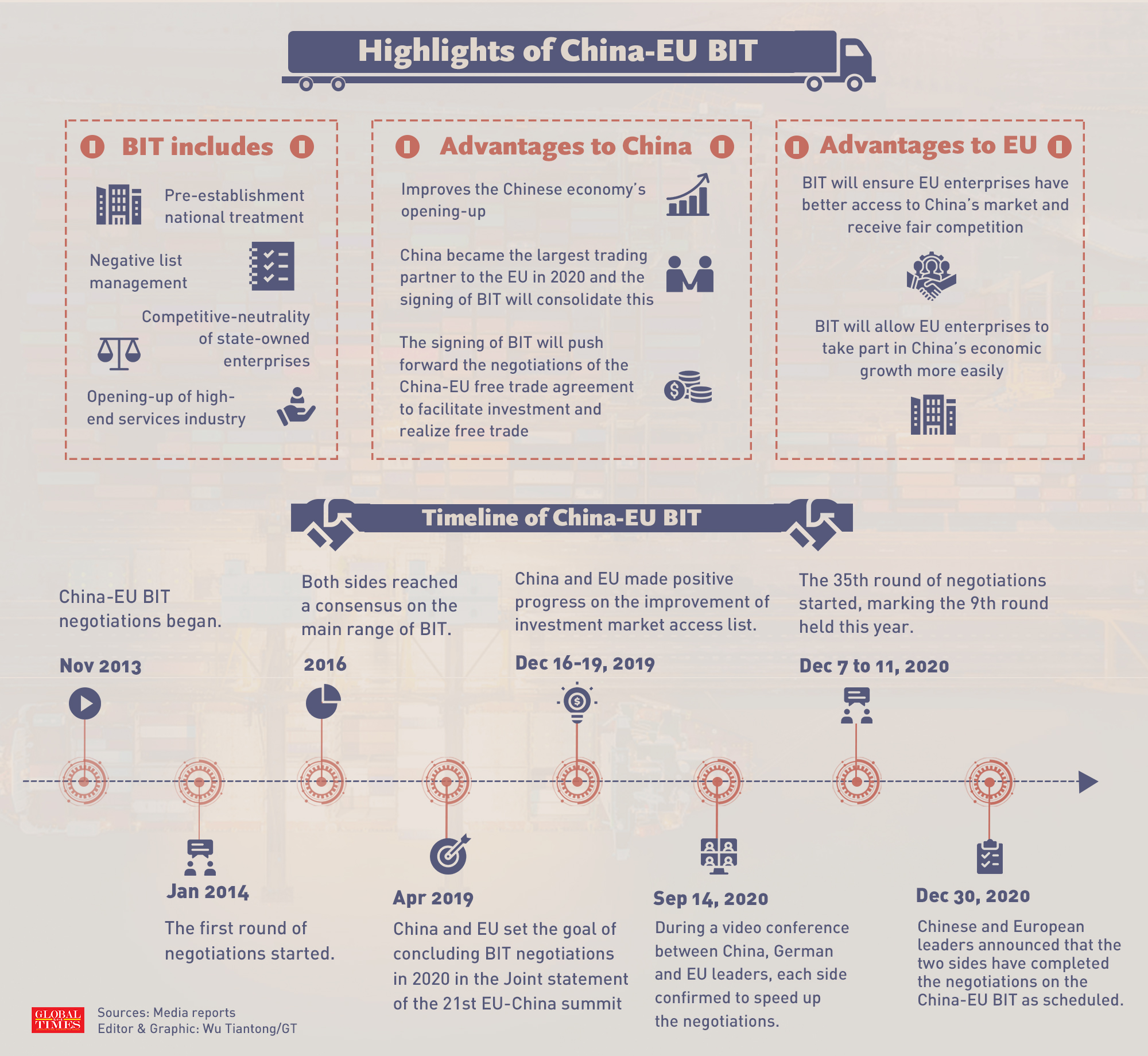The China-Europe Railway Express (CR Express) has developed into a vast network connecting cities across Eurasia, serving as a crucial component of China’s Belt and Road Initiative.
Routing and Key Cities
The CR Express operates through a comprehensive network with three primary corridors, connecting over 100 cities in Asia and more than 200 cities in 25 European countries.
Western Route: This route facilitates exports from western China, often entering Kazakhstan via Alashankou or Khorgos in the Xinjiang Uygur Autonomous Region. It then extends into Europe, with routes typically passing through Russia, Belarus, and Poland. Some trains also transit through Ukraine en route to Hungary. Key Chinese starting cities include Chongqing, Chengdu, and Xi’an.
Central Route: This route is dedicated to goods produced in central China and southern coastal provinces like Guangdong. It typically enters Mongolia through Erenhot in Inner Mongolia, crosses Russia, and extends to both Eastern and Western Europe.
Eastern Route: Primarily serving Chinese exports from coastal regions, notably Yiwu in eastern Zhejiang province. This route exits China through Manzhouli in Inner Mongolia, traverses Russia, and enters Europe via Belarus and Poland.
Major European destinations include Duisburg, Hamburg, and Madrid, among others.
Railway Gauge Issues
A significant challenge for the CR Express is the difference in railway gauges across countries:
Standard Gauge (1,435 mm): Used in China and most of Western Europe.
Broad Gauge (1,520 mm): Used in Russia, Kazakhstan, Belarus, Mongolia, and some other countries that were part of the former Soviet Union.
This disparity necessitates transshipment (reloading containers) at border stations where the gauges change, such as at Alashankou and Manzhouli on the Chinese side, and at Brest (Belarus) and Malaszewicze (Poland) on the European side. While China has implemented measures like dynamic switching technology and increased reloading capacity at border ports to enhance efficiency, these gauge changes can still cause delays and logistical complexities. Expansion projects, such as those at the Malaszewicze terminal, are underway to address these infrastructure bottlenecks.
Reception by Countries Involved
The CR Express has generally been well-received, as it offers a faster and more cost-effective alternative to sea and air freight for many goods, promoting trade and economic development.
Economic Impact: The railway has greatly impacted the economies of both China and Europe, boosting trade links and economic growth along the routes. It provides a stable and reliable supply chain, especially highlighted during disruptions to sea and air freight, such as during the COVID-19 pandemic.
Benefits for Participating Countries: Countries along the routes benefit from increased trade, job creation, and improved logistics. For instance, landlocked countries gain more direct access to global markets.
Challenges and Concerns:
Operational Problems: Despite improvements, the network faces issues such as congestion at key hubs (e.g., Małaszewicze), inconsistent customs procedures across different countries, and limitations in refitting capacity at land ports.
Geopolitical Risks: The long routes traversing multiple countries make the CR Express vulnerable to geopolitical tensions, which can disrupt the flow of goods. Recent events, such as expanded Russian customs checks on transit goods, have caused delays and increased costs.
Imbalance of Cargo: The railway is predominantly utilized for westbound Chinese exports, often resulting in empty trains returning to China, which impacts profitability and sustainability.
Subsidies: The CR Express has heavily relied on government subsidies for its operation and rapid expansion, indicating that its profitability level remains low without such support.
Despite these challenges, the CR Express continues to expand its reach and improve its services, aiming to be a key player in global shipping and a strategic link between continents.
China-Europe Railway Express (中歐班列)
Origins: The CR Express began in 2011 out of necessity for Chongqing, which faced logistics bottlenecks for its IT industry.
Route and Early Challenges: The initial route stretched 11,179 km from Chongqing through Xinjiang, Kazakhstan, and Russia, to Duisburg, Germany. It faced skepticism, with some dismissing it as uneconomical compared to sea or air freight.
Overcoming Obstacles: China addressed issues like Kazakhstan’s gauge changes with dynamic switching technology, balanced national interests by establishing a coordination committee, and offered subsidies to reduce costs.
Growth and Impact: By 2016, operations exceeded 1,700 trains annually. The pandemic in 2020 served as a turning point; with sea and air freight disrupted, CR Express’s point-to-point service became a stable alternative, with operations surging to over 12,400 trains.
Time and Cost Advantages: The CR Express significantly cuts transit times (16-18 days compared to 45 days by sea from Chongqing to Duisburg), offering over 60% time savings. While more expensive than sea freight, it’s considerably cheaper than air freight, making it ideal for time-sensitive, high-value goods.
Stability and Reliability: Unlike sea shipping, which is prone to weather, piracy, and canal blockages, CR Express boasts a 99% punctuality rate. It utilizes temperature-controlled containers for sensitive goods and employs multi-route contingency plans for geopolitical stability.
Current Status: As of 2024, CR Express has opened 100 routes, connecting 125 Chinese cities with 227 destinations in 25 European countries, with annual operations reaching 19,000 trains and carrying goods worth over $56.7 billion. https://www.facebook.com/jeff.mah.5/videos/514950638274964/?__cft__[0]=AZXN1mTa8_PEys8B2wwGJmZE3_Nf3ogb6aFC2PU29fxf_VTxKyRlAQhycyO5nxMFc6yVDoGtRuL-7V_wS7e7_olWx9da9n9rVtGDumveGt3ztKRb0LvSDID9sGJKrfaOunRLAJFnETfhyG5DU3DBJc7j9rlz6o4ACgUN0Rs4-kgqjA&__tn__=%2CO%2CP-R






